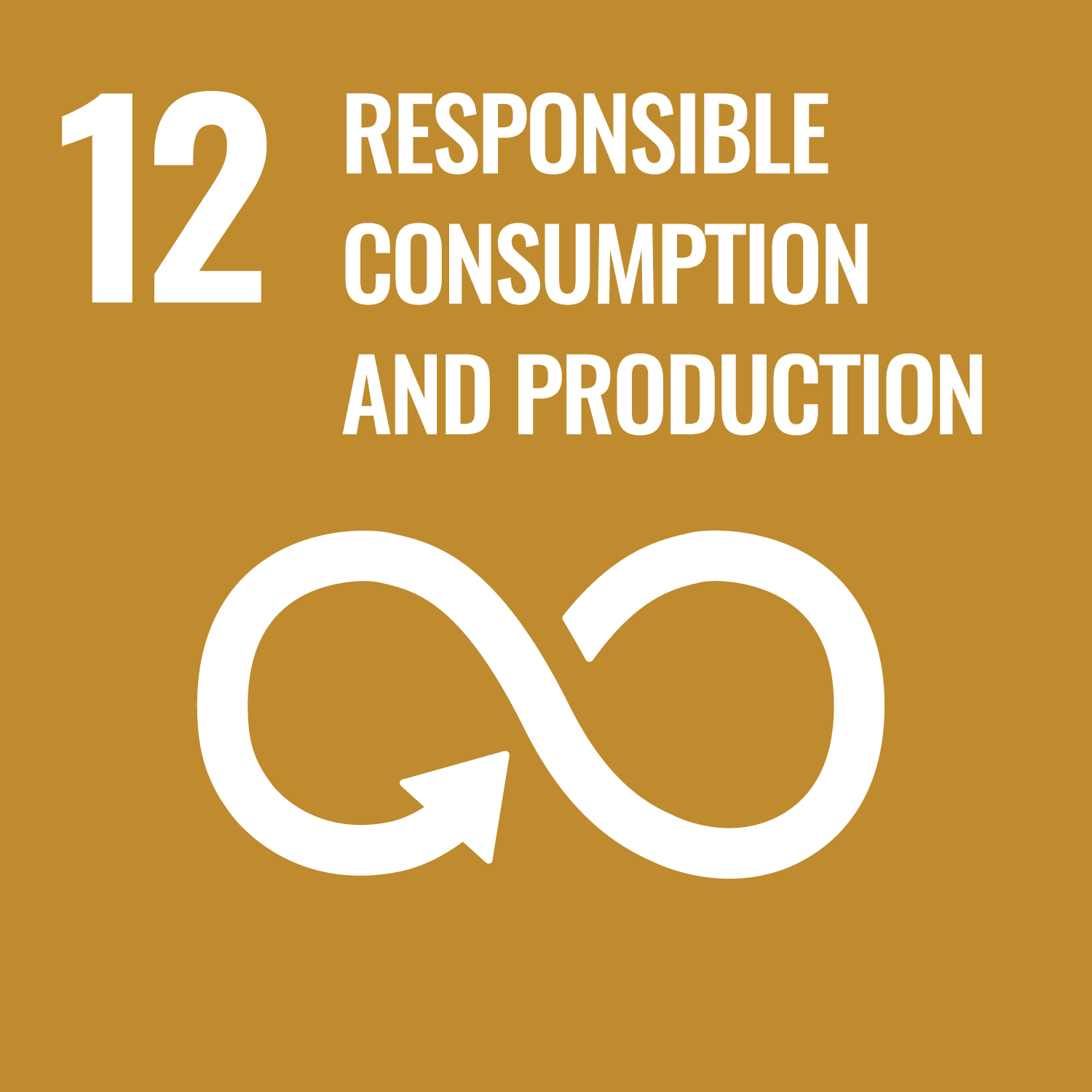
A new smart and eco-friendly FFP2 mask
During the COVID-19 pandemic, our country was one of the hardest hit in terms of infections and deaths. The epidemic control measures put in place at that time clearly showed us the importance of personal protective equipment for the protection of healthcare workers and the general public. In this context, there is now an urgent need to use the latest technical and scientific knowledge to produce innovative medical devices to address possible future health emergencies.
This is the aim of a study published in the journal Small by Sapienza researchers in collaboration with the CNR, the Italian Institute of Technology, the Université du Littoral Côte d'Opale and the Institute of Fundamental Technological Research. This research, also funded by Sapienza's Progetti Grandi di Ateneo revolutionises the approach to personal protective equipment by producing a new generation of FFP2 masks capable of simultaneously detecting environmental pathogens and disinfecting them using light. The aim is to make this type of protection not only smarter but also more environmentally friendly by disinfecting it so easily and efficiently that it can be reused.
In particular, the new generation of masks was designed by harnessing the special properties of some state-of-the-art hybrid nanoparticles, composed of silver and gold structured in a particular geometry. The resulting hierarchical heterostructure guarantees excellent light absorption across the entire visible light spectrum. Through a photo-thermal effect, particularly efficient for white light, the nanoparticles develop heat, thus eliminating bacteria and microbes deposited on the surface.
These devices are also equipped with a colourimetric biosensor with an optical metasurface, which can be manufactured inexpensively and is capable of signalling the presence of microorganisms using a colour change. This is an optical nanocomponent capable of converting the detection of the pathogen by specific antibodies into a colour signal visible to the naked eye, thus indicating the level of hygiene of the mask and its environment.
The device was tested to verify the functioning of these mechanisms, which showed high efficiency in heat production, disinfection and also in the detection of different types of pathogens. The non-toxicity of the nanoparticles in contact with the human epidermis was also demonstrated. The new mask also showed strong resistance to mechanical stimuli, with the nanostructures proving stable when immersed in water or exposed to a strong air stream.
The reported results represent the first experimental demonstration of a highly innovative medical device obtained through the use of new nanoparticles. Thanks to its ability to be disinfected by exposure to white light alone (in the future, for example, by the flashlight of a mobile phone) and its ability to correctly detect microorganisms, this new mask will be essential in the event of future pandemics to protect the general public and, in particular, frontline health workers.
References:
Multifunctional FFP2 Face Mask for White Light Disinfection and Pathogens Detection using Hybrid Nanostructures and Optical Metasurfaces - F. Zaccagnini, D. De Biase, F. Bovieri, G. Perotto, E. Quagliarini, I. Bavasso, G. Mangino, M. Iuliano, A. Calogero, G. Romeo, D. P. Singh, F. Pierini, G. Caracciolo, F. Petronella, L. De Sio – Small (2024) doi:10.1002/smll.202400531
Further Information
Luciano De Sio
Dipartimento di Scienze e biotecnologie medico-chirurgiche
luciano.desio@uniroma1.it

